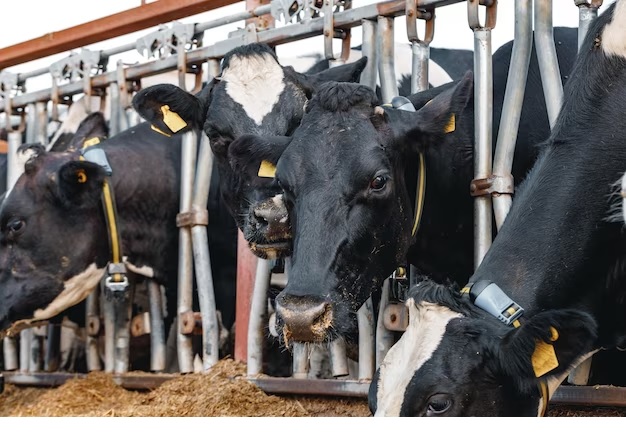
Earliest Beginnings of Cattle Rearing
Cattle rearing is an ancient practice that dates back to the dawn of civilization. Our ancestors first domesticated cattle around 8000 BC in regions that are now parts of Turkey and Pakistan. This practice evolved alongside agricultural advancements, as humans learned the significance of cattle in sustaining communities through milk, meat, and labour.
Cattle Yards: Centres of Agricultural Activity
As societies grew and agricultural practices advanced, the need for organized spaces to manage cattle became apparent. Cattle yards emerged as solutions to this necessity, acting as pivotal centres for a variety of agricultural activities such as feeding, breeding, and healthcare. These yards were designed with functionality in mind, often reflecting the cattle rearing techniques and socio-economic conditions of their times.
Innovation and Design Evolution
The design and structure of cattle yards have undergone significant changes throughout history. Initially, these yards were simple enclosures built from locally available materials like wood and stone. However, as our understanding of cattle behaviour and needs deepened, innovations were introduced. Modern cattle yards for sale are now carefully planned and constructed, often incorporating elements like durable materials, efficient layouts, and advanced facilities to ensure the well-being of the cattle and ease of management for the farmers.
Impact on Local Economies
Cattle farming and the associated yards have always played a crucial role in local economies. They have been centres of trade, employment, and community development, particularly in rural areas. The exchange of cattle, knowledge, and agricultural products in these yards has fostered relationships between communities, contributing to economic stability and growth.
Sustainability and Ethical Practices
With growing awareness of environmental and ethical concerns, the cattle farming industry is adapting. Sustainable practices are being incorporated, focusing on animal welfare, ecological balance, and resource conservation. These practices aim to ensure the longevity of the industry while minimizing its environmental footprint and promoting ethical treatment of animals.
Educational Initiatives and Community Engagement
The evolution of cattle yards is not merely a tale of architectural advancements but also a narrative of community and education. Various initiatives aim to educate farmers, stakeholders, and the general public on sustainable cattle rearing practices, animal welfare, and the historical significance of cattle yards. These educational endeavours foster a sense of community, encouraging responsible farming and a deeper appreciation for the heritage of cattle yards.
Conclusion: A Journey Through Pastures and Time
The journey of cattle yards from simple enclosures to complex, multifunctional spaces reflects the broader narrative of human progress, agricultural development, and community building. These yards, once the heartbeat of rural economies, continue to evolve in design, purpose, and significance. As we look to the future, embracing sustainability and education, cattle yards remain testament to our enduring relationship with the land and the creatures we share it with. The story of cattle yards is far from over; it is a narrative continually unfolding, grazing through time and across the diverse landscapes of our world.
